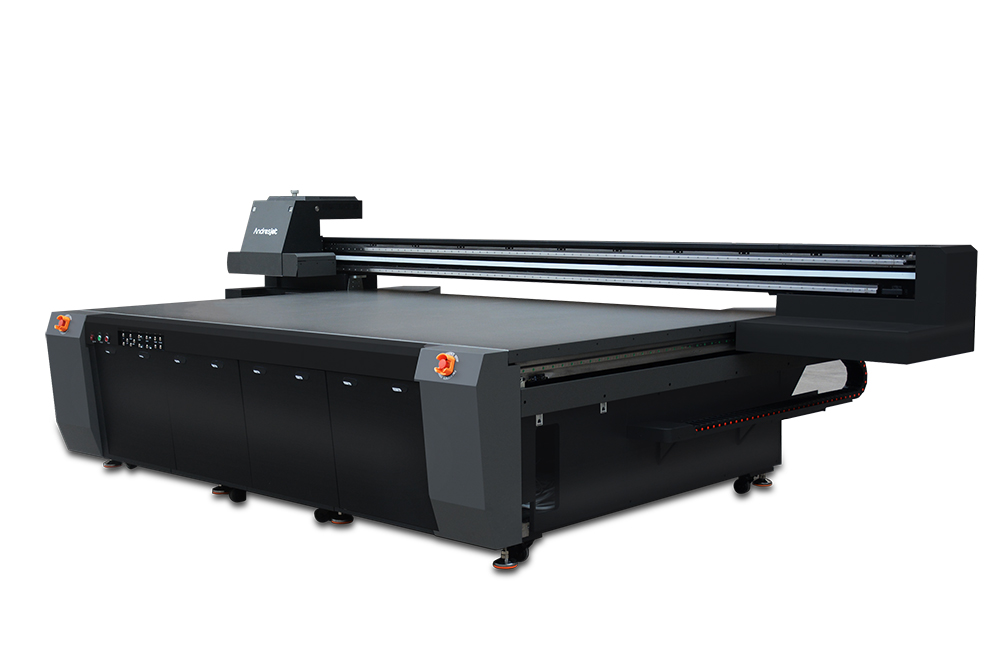How to Optimize Printing Speed on a UV Flatbed Printer?
How to Optimize Printing Speed on a UV Flatbed Printer?
UV flatbed printers have revolutionized the printing industry, offering unparalleled versatility and efficiency in producing high-quality prints on various materials. These printers utilize UV-curable inks that instantly dry when exposed to ultraviolet light, enabling fast and precise printing. However, optimizing printing speed on a UV flatbed printer is crucial to maximize productivity and minimize costs. This article delves into the key strategies for enhancing printing speed on UV flatbed printers without compromising print quality.

1. Understanding the Basics of UV Flatbed Printing
Before exploring optimization techniques, it’s essential to understand the fundamental principles of UV flatbed printing. UV flatbed printers use LED or arc lamps to cure ink as it is deposited onto the substrate. This process allows for instant drying, reducing the need for additional drying time and enabling the printer to move immediately to the next print job. The primary components that influence printing speed include the printer’s mechanical design, ink curing system, software capabilities, and material handling.
2. Upgrade Your Printer’s Hardware
One of the most effective ways to enhance printing speed is by upgrading your printer’s hardware. Consider the following upgrades:
Faster Motors and Actuators: Upgrading to high-speed motors and actuators can significantly reduce the time it takes for the print head to move across the print bed.
Enhanced UV Curing System: Invest in a more efficient UV curing system with higher-powered lamps or LEDs. This will allow for faster ink curing, reducing the time between print passes.
Automated Material Handling: Implement automated systems for loading and unloading materials. This minimizes manual intervention, reducing downtime between print jobs.
3. Optimize Print Settings
Fine-tuning your print settings can drastically improve printing speed without sacrificing quality. Here are some key adjustments to consider:
Print Resolution: Lowering the print resolution slightly can reduce the amount of data the printer has to process, thereby increasing speed. Ensure that the resolution is still suitable for your application to maintain print quality.
Ink Coverage: Reducing ink coverage where possible can speed up the printing process, as the printer has to deposit less ink onto the substrate.
Print Mode: Many UV flatbed printers offer different print modes, such as “speed mode” or “quality mode.” Experiment with these modes to find the optimal balance between speed and quality for your specific application.
4. Efficient Workflow Management
Efficient workflow management is crucial for optimizing printing speed. Consider the following strategies:
Batch Processing: Print multiple jobs simultaneously by utilizing the printer’s ability to queue jobs. This ensures that the printer is constantly working and minimizes idle time.
Pre-Press Optimization: Ensure that your files are optimized for printing before sending them to the printer. This includes proper file formatting, color correction, and image resolution adjustments.
Regular Maintenance: Schedule regular maintenance checks to keep your printer running smoothly. This includes cleaning the print head, checking for worn parts, and ensuring the UV lamps are functioning optimally.
5. Software and Firmware Updates
Manufacturers often release software and firmware updates that can improve printing speed and overall printer performance. These updates may include bug fixes, performance enhancements, and new features that can streamline the printing process. Regularly check for and install these updates to ensure your printer is operating at its full potential.
6. Material Selection and Preparation
The type of material you are printing on can significantly impact printing speed. Consider the following:
Material Thickness: Thicker materials may require more time for the ink to cure properly. If possible, choose thinner materials that can be printed and cured more quickly.
Material Preparation: Ensure that your materials are properly prepared before printing. This includes cleaning the surface to remove any contaminants that could affect ink adhesion and curing.
Material Compatibility: Consult your printer’s manufacturer to determine which materials are best suited for fast printing. Some materials may require special print settings or curing techniques that could slow down the process.
7. Environmental Factors
Environmental factors can also impact printing speed. Consider the following:
Temperature and Humidity: UV inks are sensitive to temperature and humidity. Ensure that your print environment is controlled to maintain optimal conditions for printing and curing.
Airflow: Proper airflow is crucial for efficient ink curing. Ensure that your printer’s UV curing system is properly ventilated to prevent overheating and maintain consistent curing times.
8. Training and Operator Expertise
Finally, the expertise of the printer operator can significantly impact printing speed. Ensure that your operators are properly trained on the printer’s capabilities and best practices for optimizing printing speed. This includes understanding how to adjust print settings, perform routine maintenance, and efficiently manage the print queue.
Conclusion
Optimizing printing speed on a UV flatbed printer requires a holistic approach that considers hardware upgrades, print settings, workflow management, software updates, material selection, environmental factors, and operator expertise. By implementing these strategies, you can significantly enhance the productivity of your UV flatbed printer without compromising print quality. Regularly evaluate your printing processes and stay up-to-date with the latest industry advancements to ensure that your printer is operating at its maximum potential.
